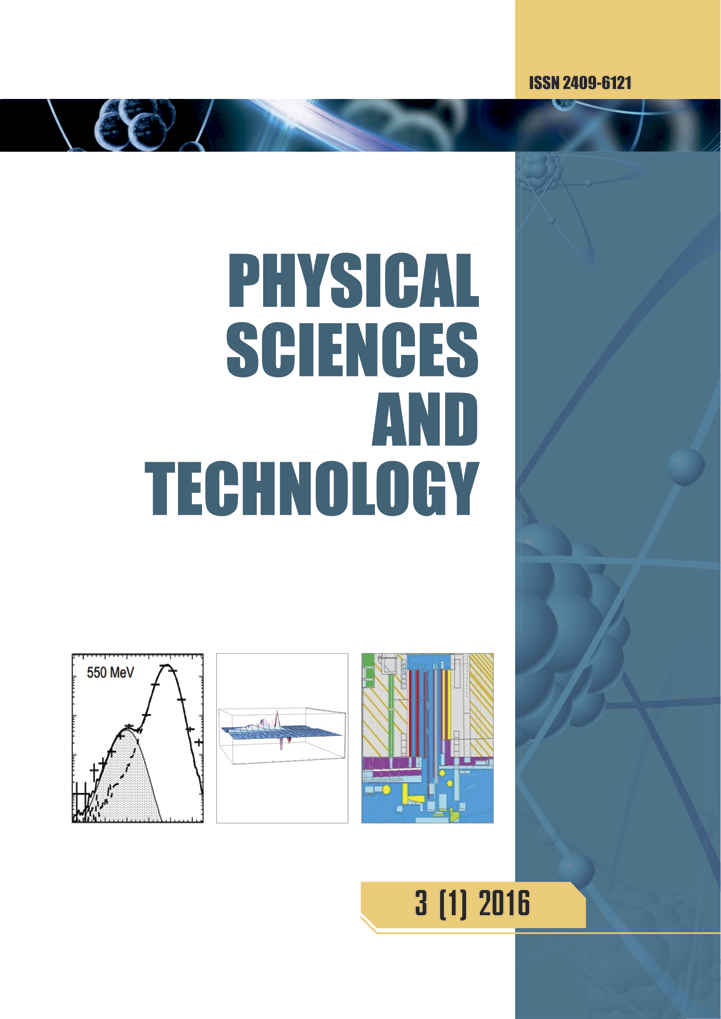Simulation of non-isothermal liquid sprays under large-scale turbulence
DOI:
https://doi.org/10.26577/phst.2021.v8.i2.04Abstract
Due to the high level of achieved research, there are prospects for the widespread use of the method and
specific physical results in the areas under consideration, as well as ways for more effective application
of mathematical modeling methods using modern computing technology in various subject areas. For the
numerical study of the combustion of liquid fuels, it is required to consider many complex interrelated
processes and phenomena, which are laborious tasks of computational thermal physics. In the theory’s study
of combustion and the development of various technical devices, the actions of which are based on the use
of the combustion process, a computational experiment is becoming an increasingly important element.
Computational fluid dynamics methods have become widespread in technical physics when it becomes
possible to optimize an experiment based on its virtual prototype. This work is devoted to the numerical
modeling of the processes of breakup, dispersion, evaporation and combustion of liquid fuel droplets under
high turbulence. Fundamental characteristics, methods of liquid fuels atomization, the mathematical model
and basic equations describing the collision, distribution and combustion of liquid fuels at high turbulence
are presented. Results of computational experiments by determination of the optimal conditions for the
combustion of liquid hydrocarbon fuel are presented. Influence of the oxidant’s initial temperature on the
processes of atomization and dispersion of droplets in the combustion chamber under high turbulence is
investigated. Optimal combustion parameters for the dodecane have been determined.
Key words: numerical modeling, atomization, liquid fuel, dodecane, high turbulence.




